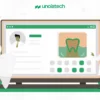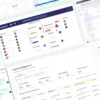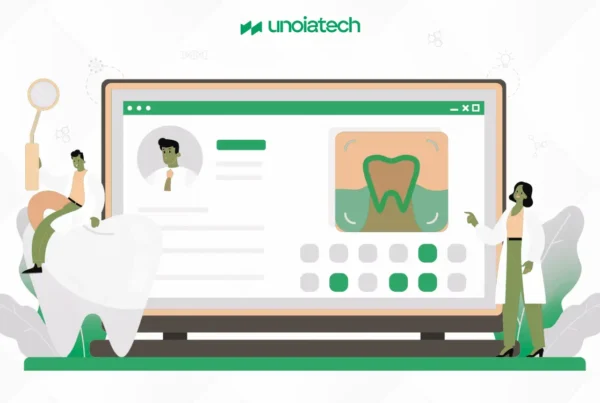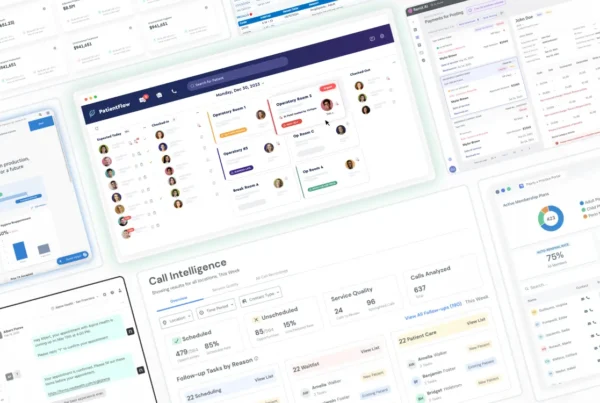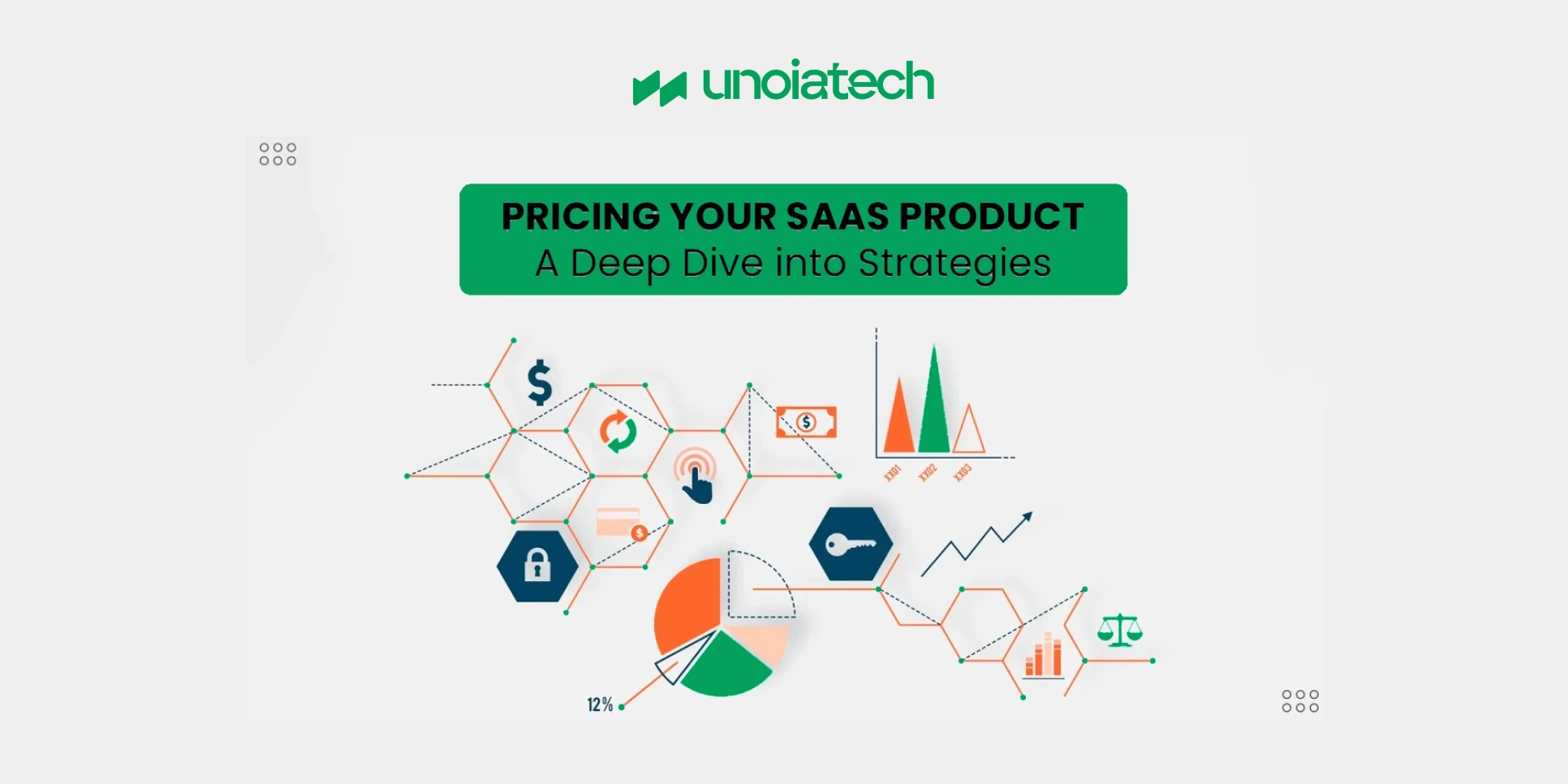
Your Micro-SaaS product is nearly ready for launch, but one crucial step remains: setting the right pricing plan. Without a well-designed pricing model, it’s hard to go live effectively. Let’s explore the most popular SaaS pricing models and strategies to help you launch with confidence.
A Look at Common SaaS Pricing Models
Before finalizing your SaaS pricing strategy, it’s essential to consider the most common models in the market. Your pricing model should be influenced by key factors such as:
- The type of product you’re building.
- The target customer segment.
- How customers derive value from the product.
Per User Pricing
A widely used SaaS pricing model is per user pricing, where customers are charged based on the number of users they add. The more users they have, the higher their cost.
Example: Front’s pricing model.
Pros:
- Simple and widely understood.
- Revenue scales as customers grow their teams.
Cons:
- May limit adoption as users might share accounts to avoid extra costs.
Tiered Pricing
Tiered pricing divides product features or usage limits across different pricing levels. Most successful SaaS companies offer 3-4 clear pricing tiers.
Example: Buffer’s pricing model.
Pros:
- Appeals to different customer segments.
- Provides a clear upsell path for customers as their needs grow.
Cons:
- Too many tiers can overwhelm potential customers and create confusion.
Usage-Based Pricing
In a pay-as-you-go model, customers are charged based on how much they use the product. This model works best when value scales with usage, such as APIs or platforms that help customers grow revenue.
Example: Twilio’s SMS pricing model.
Pros:
- Scales with usage, allowing flexible entry points for new customers.
Cons:
- Unpredictable revenue for both the business and customers.
Flat Pricing
Flat pricing involves charging a single, fixed fee for full access to all features. It’s a great option for simplifying the decision-making process in the early stages of your product.
Example: Basecamp’s pricing model.
Pros:
- Easy to communicate and makes selling straightforward.
Cons:
- Users with lower needs may feel overcharged, while high-usage customers may strain resources.
SaaS Pricing Strategies to Increase Adoption
Choosing the right SaaS pricing model is just the first step. Several strategies can further lower the barriers for potential customers, helping drive adoption and growth.
Should You Offer a Free Plan?
A free plan can attract users if it fits one of these conditions:
- Users are likely to spread the word about your product.
- Users will eventually upgrade as their usage grows.
- You’re launching in a competitive marketplace and need early traction.
If none of these apply, offering a free plan may not be necessary and could dilute the value of your paid offerings.
Should You Offer a Free Trial?
Free trials allow users to experience your product’s benefits without an immediate commitment. This is especially useful for unproven products, as it lowers customer risk.
Keep in mind that trial length is crucial. Too long, and users might delay trying your product. Too short, and they may not see enough value before the trial ends.
Should You Only Offer Paid Plans?
Some businesses thrive with paid-only plans, focusing on attracting more serious users who are willing to pay for value. This strategy can also help reduce support costs by limiting the number of customers.
However, if you’re just starting out, a free trial or plan can help gather early feedback and build your initial user base.
The Right SaaS Pricing Strategy for Your Micro-SaaS
Now that you understand common SaaS pricing models, it’s time to focus on the strategy that best fits your Micro-SaaS product. Here are some guidelines to follow:
1. Keep Pricing Simple
Simplicity is key in the early stages. Fewer pricing tiers mean less cognitive load for potential customers, making it easier for them to sign up.
Example: Lunch Money’s pricing model.
2. Use the Right Value Metric to Scale Pricing
If your product’s value scales with usage, identify the correct metric to base your pricing on. A great example is Zenmaid, which charges based on the number of cleaners a business manages.
Choosing the wrong metric, however, can incentivize bad behavior, such as users underreporting usage to lower costs.
3. Start with a Low, but Reasonable Price
Pricing too low, such as $5/month, attracts non-serious users who might waste resources. A starting point of $25/month strikes the right balance between attracting serious users and not scaring off early adopters.
Example: Bannerbear’s pricing model starts at $29/month.
4. Include a Free Plan
A free plan can be effective if you have a clear upgrade path. It helps attract early users who may eventually convert to paid plans.
In competitive markets, offering a free plan during the first few weeks can also help gather feedback, reviews, and ratings that boost visibility.
5. Offer a Free Trial
A free trial can reduce friction and make it easier for users to try your product. In the early stages, you may even consider not requiring credit card details, further lowering the barrier to entry.
Set the Right Trial Length
The trial length should allow users enough time to experience your product’s value. For example, a SaaS feedback tool may require a 30-day trial so users can fully integrate and benefit from the product.
A Simple and Scalable SaaS Pricing Example
A great example of simple and scalable pricing comes from EmailOctopus, which offers:
- A free plan for small users.
- A paid plan starting at $20/month for power users.
- Pricing that scales with the number of email subscribers, making it intuitive for users to understand.
Not Sure How to Scale Pricing? Use Flat Pricing
If your product doesn’t have an obvious usage-based pricing component, start with flat pricing. This allows you to attract early users without overcomplicating the process.
Remember, your early pricing strategy isn’t final. As you gather more data and learn how customers derive value, you can adjust and optimize your model over time.
In conclusion, focus on simplicity and user adoption early on. Your primary goal should be attracting users and learning how they engage with your product. Later, you can refine your pricing strategy as your SaaS grows.
Ready to Build Your Own SaaS Success Story?
At Unoiatech, we specialize in helping businesses bring their SaaS vision to life. Whether you’re looking to scale, optimize, or launch from scratch, our team has the expertise to make it happen. Want to see how we helped one of our clients build a $900M SaaS product? Check out our case study here and discover how we can do the same for you.


